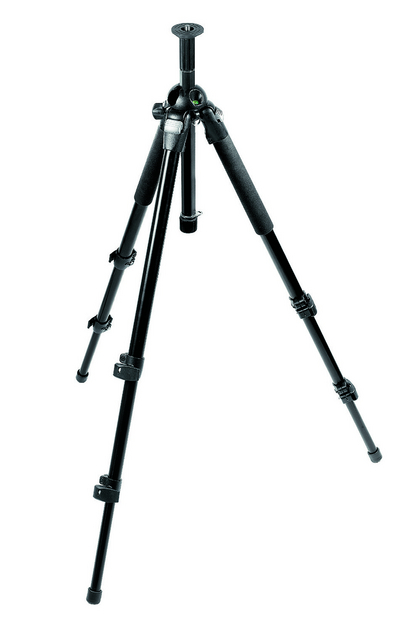Is your shopping done? Mine isn’t – I am going to be braving the stores tomorrow for some last minute ideas I had that popped in my head over the weekend. Unfortunately for Tracy, she is not a photographer, so camera-related items are not really an option. But, if you are running out of time and ideas, rest assured, I’ve got a few more here for you today. Fair warning though, because when you’ve waited this long to shop, the sticker prices for items are generally in the higher end rather than the lower end. (You may recall that I did a list of 25 for under $25 a few weeks ago.) So, without further ado, here’s the final recommendations for this holiday season…
1. Membership: Being a member of organizations has perks, and there are several out there that can help different types of photographers for different reasons, but three that I would highly recommend are membership to NAPP (of which I am a member – $99/year), PPA, ($194/yr) and ASMP ($140/yr). If these are a little out of your league – a Flickr Pro membership is only $25, and gives you access to lots of things that aren’t available in the free version.
2. Prints and Framing: I’ve talked up Mpix before, and would highly recommend them as a printing outfit for anyone, but regardless of your preferences, giving prints as gifts is always appreciated, especially when accentuated by frames, and photographers are no different. Gift certificates to places like Mpix, and even your local frame and print shops is something that will not only be appreciated but used!
3. Seminars and Workshops: Having been to only one, this is something I would love to get more experience with, and there certainly is no dearth of these available. Kelby Training is the one I know best, but there are literally dozens of outfits that offer on-hand seminars and workshops on everything from lighting, post processing, One that interests me specifically is the Santa Fe workshops, where Joe McNally teaches, but others are all over the country from Maine to California, Florida, and everywhere in between. If you know of any particular seminars and workshops, feel free to post links in the comments!
4. Software: High Dynamic Range (HDR) photography is here to stay, and for those of you interested in getting great results, you’ll need some software to help you process those images. Photoshop is okay at it, but if you want better results, a 3rd party product that is dedicated for the tone mapping and processing is really required. The one I like (and that most others like as well), is Photomatix, from the folks at HDR Soft. They have educational discounts as well for students, teachers, and the like.
5. Video: I know, convergence and the ability to shoot video inside your camera is becoming increasingly common, but this video recorder is just too cool (and low cost) to shrug aside…I am talking about the Flip video Ultra HD Camcorder. For $150 from B&H, it’s a super deal, and the recording quality is superb. I’ve seen lots of people with these, and I’ve seen the results – remarkable quality for the cost.
So, get out those credit cards, and get the gift that suits your photog best! In the meantime, we’ve got a couple things going on here now at the blog, so be sure to chime in before the end of the year:
- December Giveaway – Win $40+ of prizes, including books, prints, paper and software
- Share your Best photos from 2009 – I’ve added the ability to embed photos in the comments section, so if you have an image you like from 2009 and it’s online, share it in the comments for Saturday’s post
That’s it for today – happy shooting and happy holidays as we count down the remaining days to Christmas!














